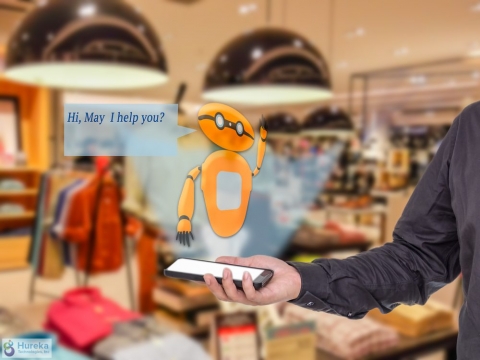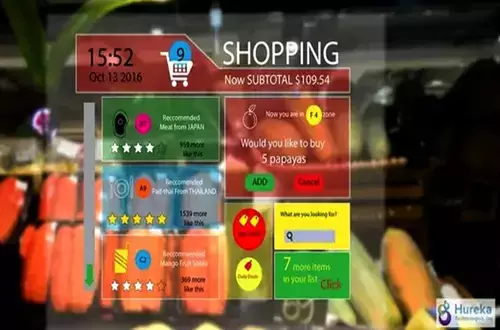Retail industry works with tight budgets and often, low margins. It’s the quantity of sales that will get you positive ROI.
There’s little room for mistakes.
However, we all know how experimental today’s marketing strategies are. Nobody knows what will work. It’s hit and trial.
And you have neither the time nor the budget for such experiments.
You don’t need to be blindsided anymore. Here’s how!
1. Make Better Business Decisions With Machine Learning
Fashion and food retailers should pay attention here!
How do you decide when to reduce prices for stock clearance? How much discount to offer?
Let’s leave your gut feeling aside and adopt machine learning.
Demand forecasting is a method where the system analyzes all the past data - sales, discounts, consumer shopping behavior and predicts when the demand will be highest and when it’s time to let that stock go at a discounted price.
As the predictions will be based on numbers and machine calculations, it’s hard to go wrong.
2. Reduce Inventory Stocking Fails With Demand Forecasting
Demand forecasting also helps with appropriate inventory stocking. It’s especially helpful for food retailers who can avoid stagnation of food in case of low-demand and still, be prepared for the high demand, and not lose sales.
It’s helpful for e-retailers who have several warehouses and need appropriate decision-making to see from where the product gets shipped.
It’s not always about shipping from the closest location. It has to be a trade-off between location and available stock. You can make it more profitable with this technology.
3. Use Data To Decide What To Sell & Where
Fashion retailers can figure out what color would be in trend based on the data aggregated from social media platforms and fashion trends history.
It would be safer to figure out what styles would be hot in the upcoming season in a particular region and in what colors; if you could process the haphazard data available through social media trends. Wouldn’t it?
4. Figure Out Efficient Product Positioning
Image processing enables you to gather insights on what products work better when put together.
These are insights your marketing department would kill for.
The same machine learning technology, combined with robots, can be used to put products in their correct places during closed time in your retail store.
Cross-selling on e-commerce platforms is a powerful concept to boost sales. Did you know 35% of all sales made by Amazon are done via their recommendation engine? That’s how powerful these can be.
5. It’s The Future-Gen Sales Assistant
Also Read: Why using chatbots for retail is a must?

With natural language processing, your customers can get quick support from a machine learning powered bot, already being used in both offline and online retail setups.
They just have to speak their question, just like they would to a human sales assistant and get instant as well as much better responses.
Such chatbots are already deployed by many retailers looking to cut costs and offer better customer service.
If you’re thinking of deploying chatbots for marketing, you’re already behind. So, hurry up!
6. Machine Learning Inspiring New Retail Startups
It’s not just the traditional retailers that stand to use machine learning to their advantage.
New startup ideas are popping up. For example, Snap and Shop - an app that lets you click picture of what your friend is wearing & find it online, through use of image recognition technology.
The Take allows you to find out where to get that dress Daenerys Targaryen was wearing in your favorite Game of Thrones episode or the closest similar option available online. It can even find out what’s the location where the unforgettable Stark beheading happens.
There are many ‘try before you buy’ apps popping up that use facial recognition and facial modelling technologies to serve new customers.
Another new technology being tested is to remove the checkout wait time altogether. Using deep learning and image recognition, it’s possible to see what goes into a customer’s cart and sync it with the total bill on their phone’s app.
Summing up, machine learning in retail is an unstoppable trend, and it’s just the beginning. Those who recognize and accept it would get miles ahead of their competition.
What about you? Are you ready to adopt machine learning technologies? Contact us for a personalized machine learning consultation and see what bespoke solutions could help your business.


